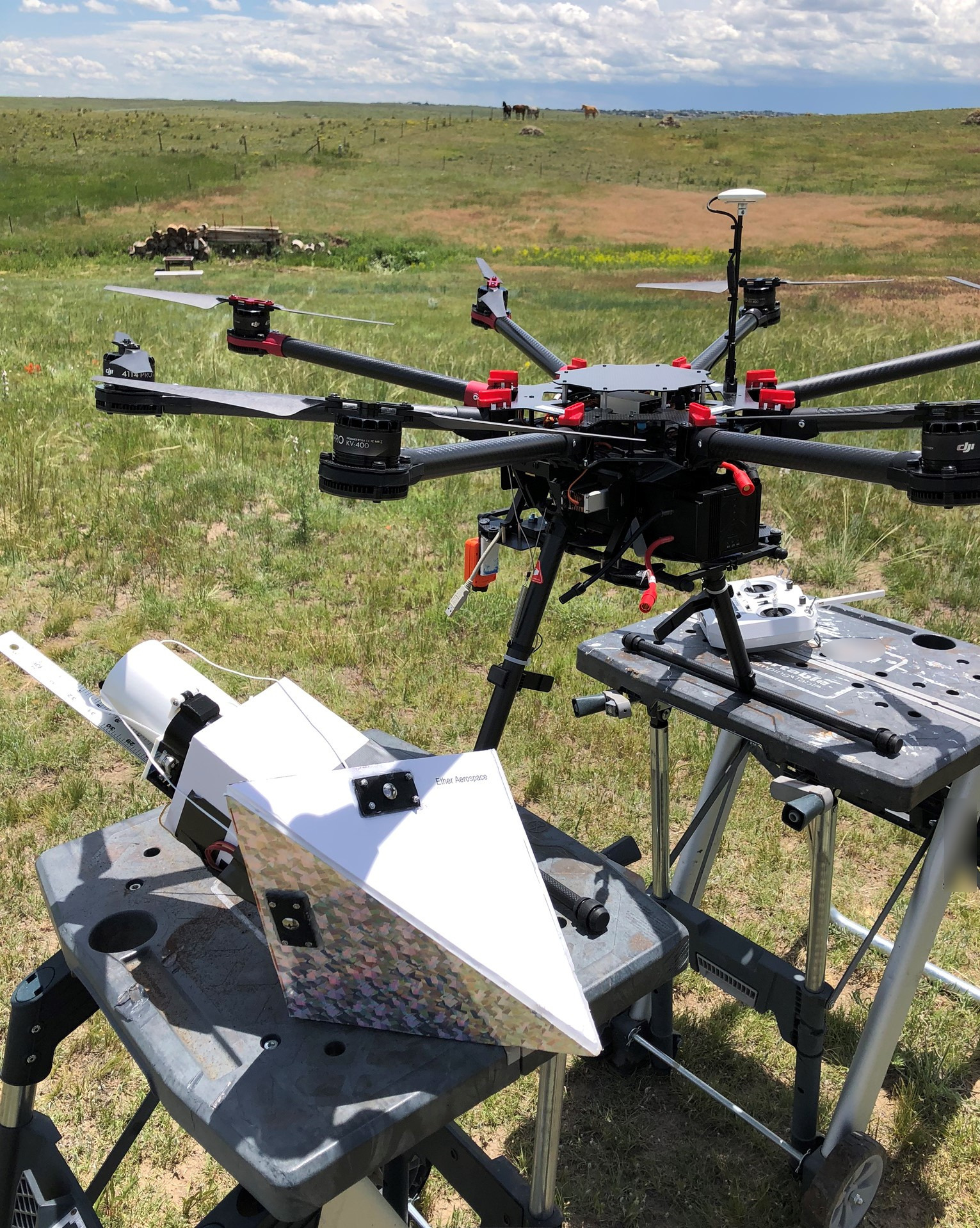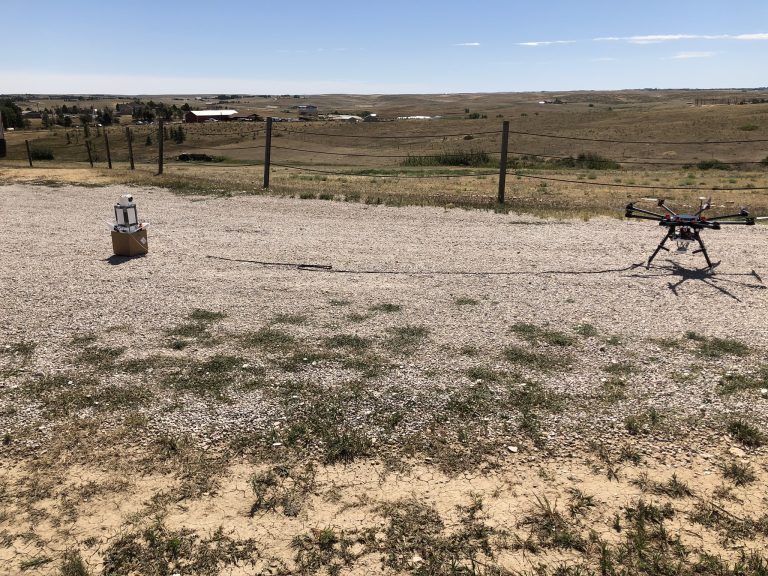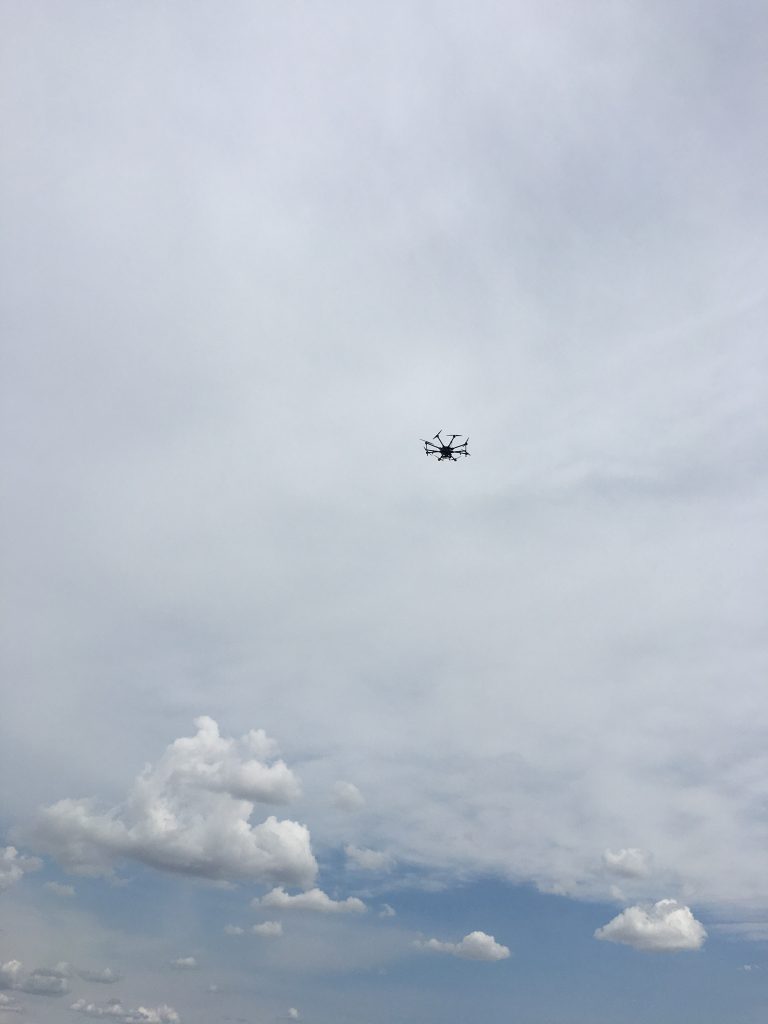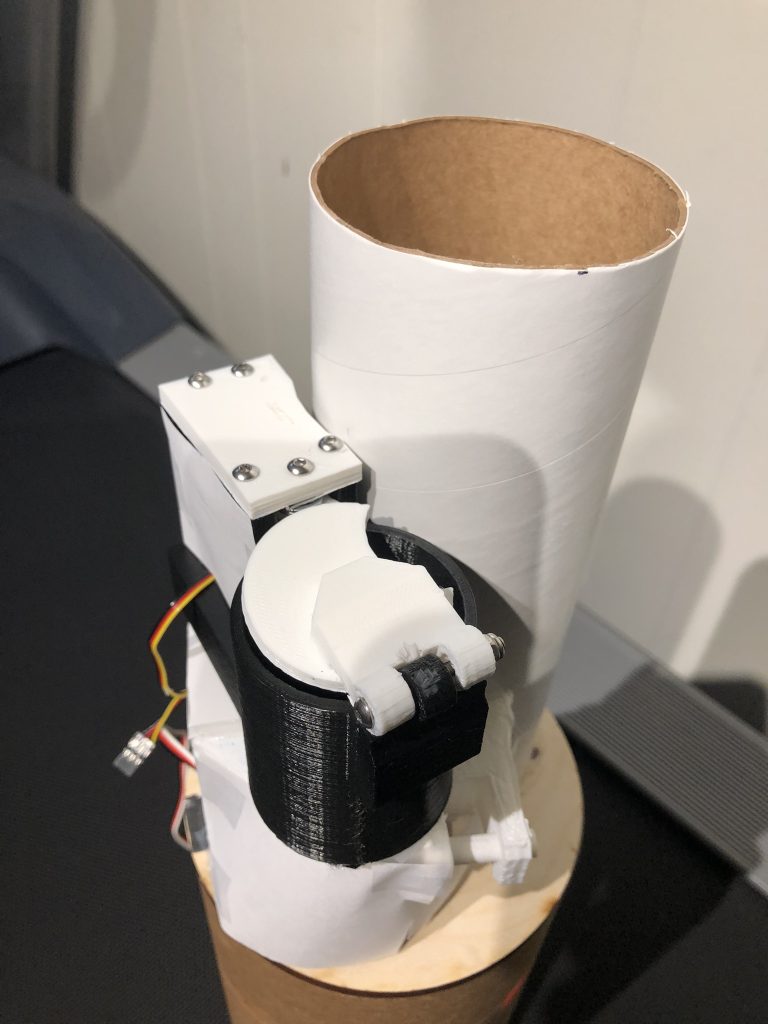Test 11
On the 15th of June, we flight tested the parachute system that we have been developing for Project Redirect. We have finished editing the footage from this test which can be viewed below.

On the 15th of June, we flight tested the parachute system that we have been developing for Project Redirect. We have finished editing the footage from this test which can be viewed below.

Part one here. High Altitude Balloons (HABs) are a unique system that are capable of carrying payloads to near space at a low cost. HABs are made up of many different components, the most significant of these are the balloon, parachute and payload. Balloon Their are two types of balloons. The most common is a…

A little over a week later we returned to the test site, once again ready to test the PSCC. This time we were better prepared, bringing with us a wider selection of tools and an upgraded battery charger that could charge the FTS’s (Flight Test System) battery much faster. While originally we planned to fly…

On the 2nd of September, we headed out to fly the S1000+ for the first time.

The most recent test of the Parachute System Control Computer (PSCC), which is designed to automatically deploy the parachute during decent ended in failure. Not only did the PSCC display once again a concerning lack of reliability but, as it did not deploy the parachutes in time, it and the Parachute Test Payload (PTP) that…

Now that we have decided on the building materials for the GTP (Guidance Test Payload), we can start assembling it. The Gen 2 GTP will be made up of two segments; the parachute segment and below it, the electronics segment. Each segment has two parts; the outer shell and inside it, the module. The outer…
Great job! How did it feel to have a successful flight? The horses at the end cracked me up!
It was awesome to have a success.
Awesome!! Seeing the parachute deploy was so cool.
Great footage. Love the music. Nice touch leaving the horses in! Well done!
Wowza! That was so exciting! Good work!
Good work that you’re doing here. The parachute looks to work flawlessly. It’s cool how the music lines up perfectly with the footage. Keep it up!